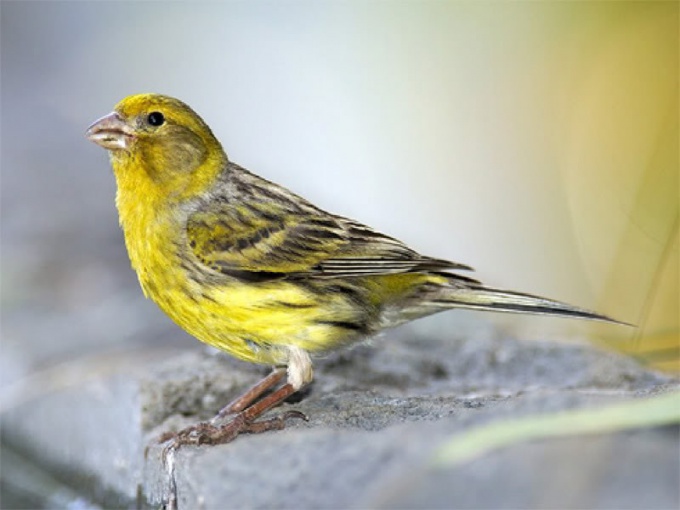You will need
- - wire
- - pieces of paper
- - fabric
- - burlap
- - threads
- - needle
- - the jars of yogurt or sour cream
- - thin twigs
- - dry leaves and grass
- - small box
- hook
Instruction
1
Females Canaries rather capricious. Sometimes they for a long time no interest in the proposed host nests. In this case, you just have to wait, and if the eggs were deferred at the bottom of the cage, they should gently shift to the right place.
2
Basis for nests can be made of thin sticks or wire. This procedure is no different from ordinary weaving baskets. As material you can also use thick ropes. This procedure is quite laborious and requires certain skills.
3
As the basis for the nest, you can use any plastic container. For example, take a jar of curds or yogurt. Stock up on needles and thread. Cut out of burlap in a circle and panel fabric container.
4
If you know the technique of knitting or crocheting, your skills you can use for making nests for Canaries. The workpiece in the form of a linked "cap" simply attach to a wire, bent into a ring.
5
Please note some important points. Nest for Canaries should be at least 5 cm in depth. This will allow the female to feel as comfortable as possible, and she will have the opportunity to hide from prying eyes. Except for the little Chicks from this design you can't get out or fall out.
6
The basis for nests is only half the job that needs to be done before the nest is ready. You can lay the design pieces of cloth, dry grass or other materials, but in this case, be prepared for the fact that the female must all be undone by its discretion. Your task is simply to offer the Canary "construction" materials, and the nest of a Canary will do it myself.
7
Securing a slot on the bars of the cage, the female will offer several options of material for insulation design. This can be tissue, newspaper, dry grass or thick thread. The feathers of the bird for some time, do not remove. She also uses them to build a nest.
Note
Nest for Canaries can be done not only in the form of a hemisphere. Watch the bird for a while. If the female likes to hide or retire, probably more like a more closed variant of the slot. For example, in the form of a ball or box with a hole.
Useful advice
If you use such additional materials like glue or nail Polish, thoroughly remove all traces, so they do not hit the bird in the stomach. Canaries are very curious and try to taste.
